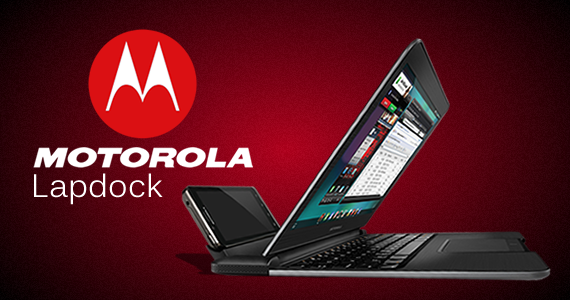This innovative mobile computing accessory evaluation examines Motorola's Lapdock for Droid Bionic, a game-changing laptop-style docking station featuring 11.6-inch display, full keyboard, and Webtop Connector software that transforms the smartphone into a laptop-like computing experience with native Firefox browser, Android application access, and dual USB charging features. Eric Wilborn provides complete hands-on analysis of the hardware build quality, software connection, usage scenarios, and practical limitations during the critical period when smartphone computational power approached laptop features and manufacturers explored convergence devices that could eliminate the need for separate mobile computers.
The hardware innovation analysis covers the sophisticated docking mechanism utilizing micro USB and HDMI connections, 11.6-inch display connection, full keyboard addation, and dual USB port availability that provided complete laptop-style features while maintaining smartphone portability and cellular connectivity. The software connection evaluation examines the Webtop Connector application launching desktop-style interface, Mobile View features maintaining smartphone access during laptop mode, and the hybrid operating system experience combining Windows keyboard shortcuts, Mac-style interface elegance, and native Android application compatibility. The user experience assessment covers practical usage scenarios including web browsing through native Firefox, Google service connection for productivity tasks, and text messaging convenience through physical keyboard input.
The performance features analysis encompasses the smartphone-powered computing experience suitable for blogging, light productivity work, and web-based applications while noting limitations for power users and business applications requiring Microsoft Office or equivalent productivity suites. The charging and connectivity evaluation covers the intelligent battery management system that charges the docked smartphone while providing USB ports for additional device charging, addressing common smartphone battery drain issues during tethering or extended usage scenarios. The physical design assessment examines the laptop-style form factor slightly heavier than traditional netbooks, keyboard ergonomics challenges including spacebar positioning issues, and oversized touchpad concerns affecting typing accuracy and cursor control.
The market positioning analysis encompasses the innovative convergence device concept targeting users seeking laptop features without carrying separate devices, positioning the Lapdock as netbook alternative for writers, bloggers, and mobile professionals requiring keyboard input and larger screen experiences. The competitive advantage evaluation covers the unique smartphone-laptop convergence approach that leveraged existing smartphone computational power, cellular connectivity, and application ecosystem while providing traditional laptop interface and input methods. The pricing strategy assessment examines the $249.99 retail positioning competing with netbook alternatives while providing unique smartphone connection benefits and eliminating device redundancy.
The target user identification analysis encompasses bloggers seeking portable writing solutions, mobile professionals requiring keyboard input, and users without existing netbook ownership who could benefit from smartphone-powered laptop experiences. The technology limitation evaluation covers the smartphone processing constraints affecting power user applications, the absence of traditional productivity software, and the early-stage convergence technology challenges that limited business user adoption. The innovation significance assessment examines Motorola's pioneering approach to smartphone-laptop convergence that predicted modern trends toward phone computational capability and convergence computing solutions.
This Motorola Droid Bionic Lapdock represents the pioneering smartphone-laptop convergence period when manufacturers explored innovative form factors that leveraged increasing mobile computational power to eliminate traditional device category boundaries and create unified mobile computing experiences. Looking back 13+ years later, Motorola's Lapdock concept proved ahead of its time but predicted the eventual convergence toward powerful smartphones capable of desktop-class computing, though market adoption remained limited due to software ecosystem limitations and consumer preference for dedicated devices. The convergence computing approach influenced modern developments including Samsung DeX, Microsoft Continuum, and desktop mode addations across Android and iOS platforms that provide laptop-like experiences when connected to external displays and peripherals. The smartphone docking innovation established design patterns for modern convergence devices, wireless display technologies, and mobile-to-desktop workflow connection that became standard across mobile platforms and productivity applications. The Webtop interface design influenced modern desktop mode addations, hybrid operating system experiences, and cross-platform interface design approaches that maintain application compatibility while providing platform-appropriate user experiences. The charging connection showd early recognition of battery management importance for convergence devices that influenced modern docking solutions, wireless charging addations, and power management strategies across mobile and desktop convergence scenarios. The keyboard and display connection approach influenced modern laptop docking solutions, external display connectivity standards, and mobile productivity accessory development across smartphone and tablet platforms. This moment captures the foundational period when smartphone-laptop convergence established design concepts, user experience approaches, and technology connection strategies that continue to influence mobile computing development, convergence device innovation, and productivity accessory advancement worldwide.
This summary was created by Dave Rogers. The original post was written by Eric Wilborn and published on January 1, 2012.
If you'd like to view the original post, you can find it here.
